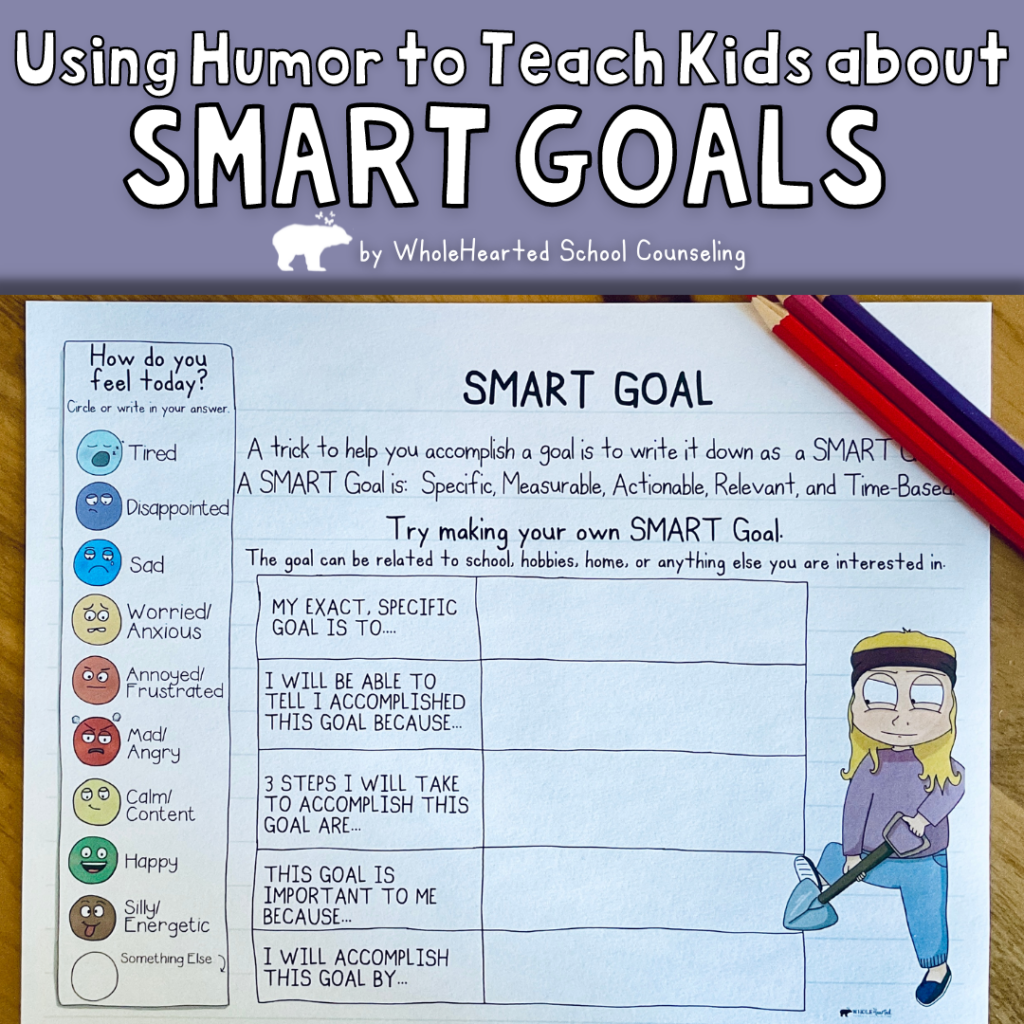
A Smart Way to Teach Goal Setting Lessons
As a former school counselor, I’ve had my fair share of experience teaching goal setting lessons to elementary students. If you’ve had to teach about setting goals to kiddos, you would probably agree it can be a challenge to keep their attention.
How do you make it fun, relatable, and engaging for students who may not yet fully understand what can seem like an abstract concept, such as setting goals?
The approach that worked wonders for my students? Humor. When I used funny examples to teach them about SMART goals, I found that even the youngest of students could better understand and relate to the goal setting lessons.
The SMART framework for setting goals is an effective way to ensure that students create specific, measurable, achievable, relevant, and time-bound goals. But instead of using generic (or “boring”) goal setting examples, such as “get better at reading” or “finish my homework,” I used funny examples to keep my students engaged.
Specific Goals
For instance, to teach specific goals, I used the example of juggling. Instead of saying “My goal is to juggle,” I specified “I want to be able to juggle 3 eggs without dropping them on the floor…or on my head!” Not only did this help my students understand that a goal needs to be specific, it gave them a funny visual to imagine their school counselor getting splattered with egg yolks. .
Measurable Goals
Next, I would talk about goals need to be measurable. One of the examples I used was “I want to eat 10 slices of pizza for dinner without getting a stomach ache.” While obviously not a healthy goal, it helped my students understand that a goal needs to be measurable.
Some other funny measurable ideas you could use are:
- “I want to hula hoop while singing ‘The Itsy Bitsy Spider’ for three minutes straight.”
- “I want to jump on a pogo stick for one hour straight.”
- “I want to do 20 cartwheels without falling down.”
- “I want to say the alphabet backwards in under 10 seconds.”
We would then talk about how when you set measurable goals, it’s a lot easier to track your progress and see how far you have come towards meeting your goal.
Achievable Goals
To teach about goals needing to be achievable, I would use funny examples of goals that would obviously not be achievable, and then talk about ways to actually make them doable. For instance, one time I said, “I want to become a giant and grow as tall as a skyscraper.” (Which would invariably make the younger students laugh, given that I barely stand just over 5 feet tall.) We then talked about how that is not an achievable goal. And as an alternative, I could change my goal to, “I want to stand with straight back and confident posture.”
Some other funny (un)achievable ideas you could share with your students are:
- “I want to ride a unicorn.” (Maybe I can’t ride a unicorn, but I could learn how to ride a horse!)
- “I want to live in a treehouse that’s bigger than our school.” (Instead, I could learn how to build a normal sized treehouse in the backyard…Or if I don’t have a backyard, I could make a fort out of pillows and sheets inside my home.)
- “I want to complete a Rubik’s Cube puzzle blindfolded in under 3 minutes.” (Rather, something more achievable would completing 3 sides to the puzzle, with my eyes wide open, in under 4 hours.)
Using humorous examples showed my students that goals need to be realistically achievable, and that it’s important to take small steps to work towards larger goals.
Relevant Goals
Again, to garner more laughter from my students, we would talk about what forming relevant goals meant by first, coming up with a goal that had no relevance to your life. One of the examples I used was, “I want to be able to do a backflip on the moon.” While traveling to the moon is obviously impossible (and maybe even more impossible that I could do a backflip), this helped my students understand that goals need to be meaningful to their lives and something they cared about.
Time-Bound Goals
Lastly, when talking about time-bound goals, one of the examples I used to give was, “I want to earn enough money that I will be a multi-millionaire by….this afternoon.” We would then discuss how it’s best that goals have a realistic time frame. Moreover, that some goals take much longer to achieve than other goals.
Some other funny examples you could use are:
- “My goal is to become an expert elephant trainer by next week.”
- “My goal is to become a famous pop star in 3 months.”
- “My goal is eat 153 chicken nuggets in the next 5 minutes.”
Laughing Makes Learning Better (or at least more fun!)
Overall, using funny examples helped my students engage in goal setting lessons. Plus they had tons of fun coming up with their own SMART goal examples. So go ahead and make goal setting a little silly and a lot more fun.
And hey, who knows? Perhaps one of them will actually be able to eat 153 chicken nuggets in one sitting someday! (Although that’s not something I would ever recommend.)


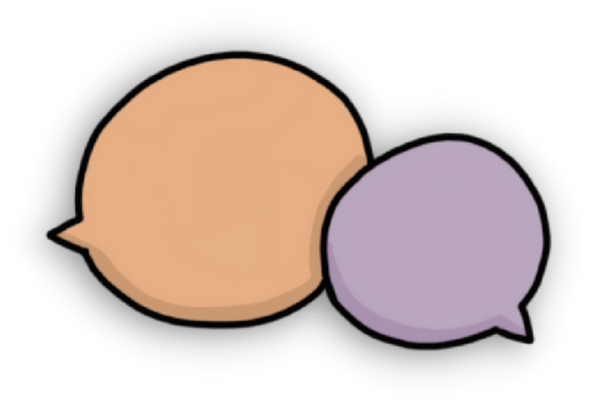

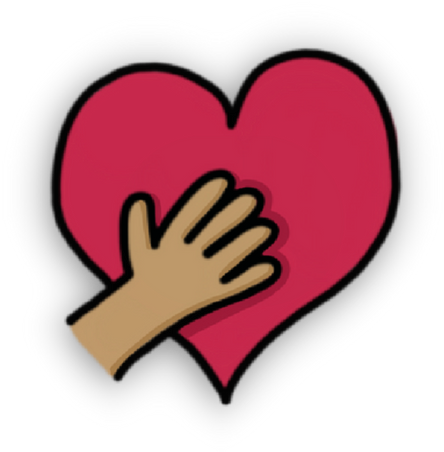
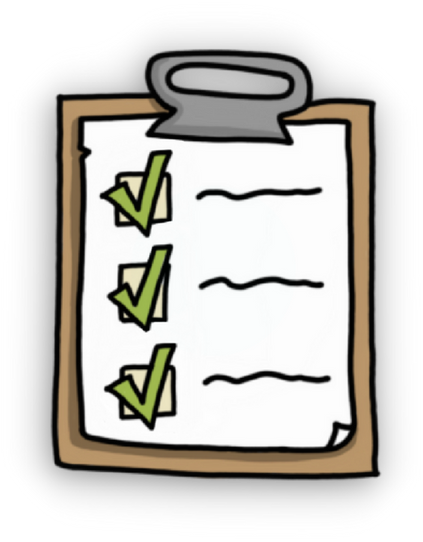



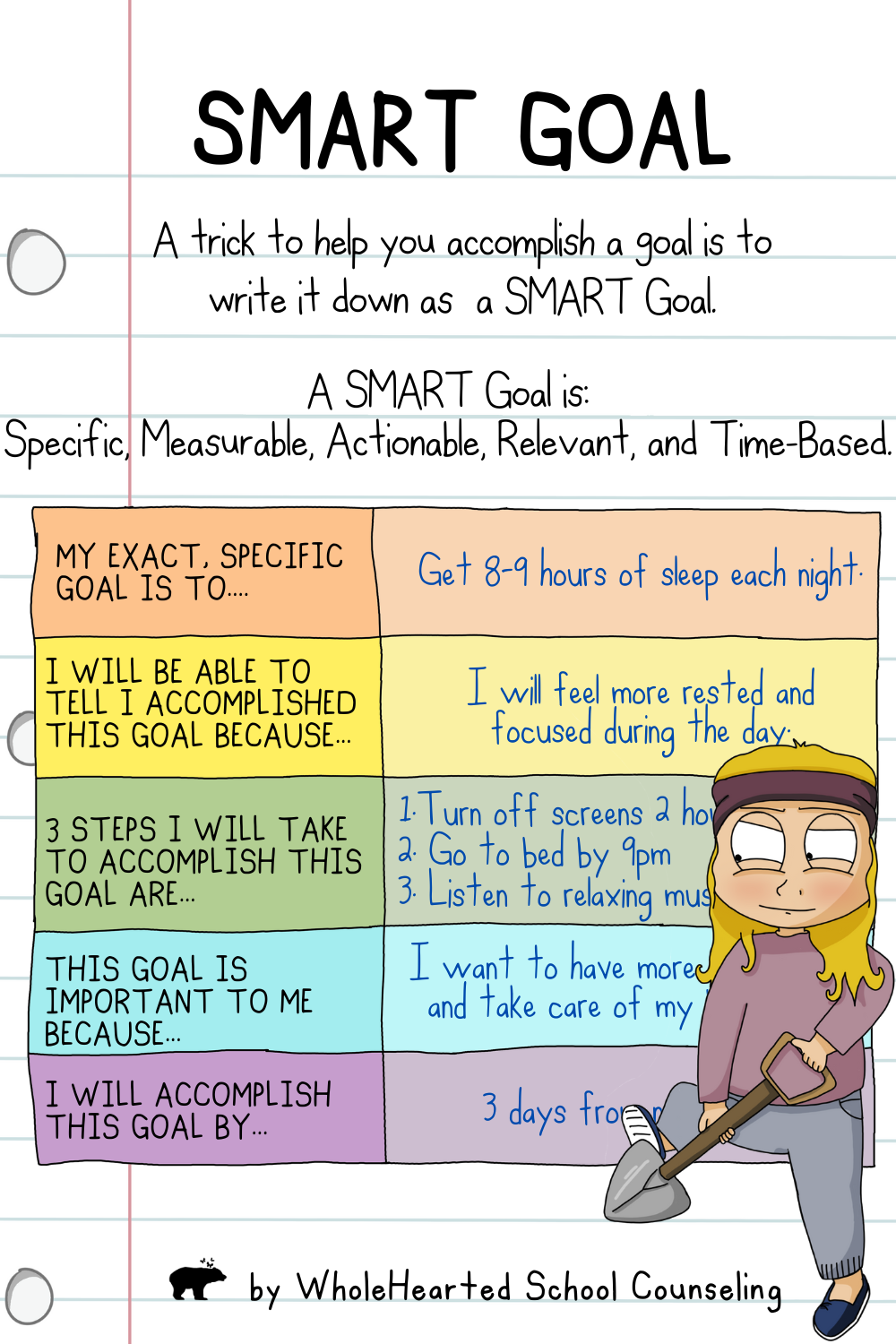
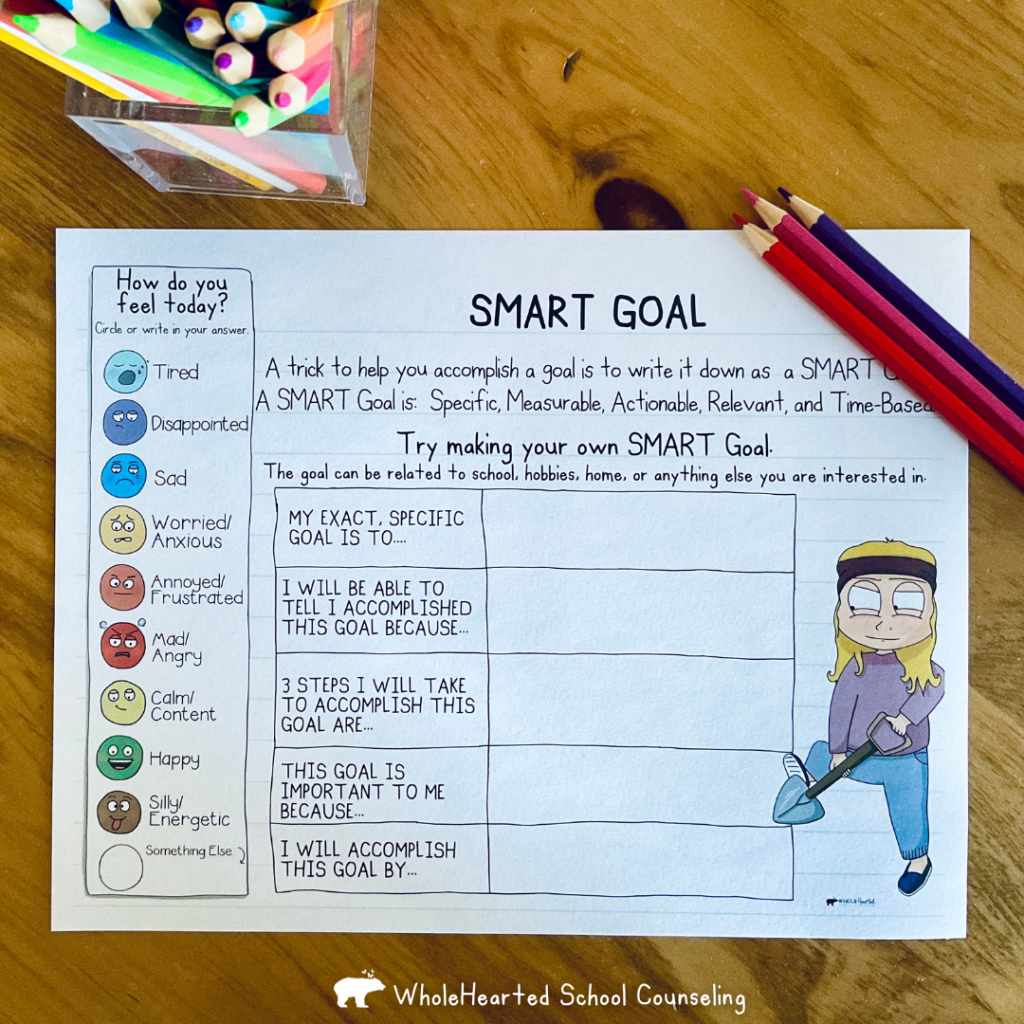

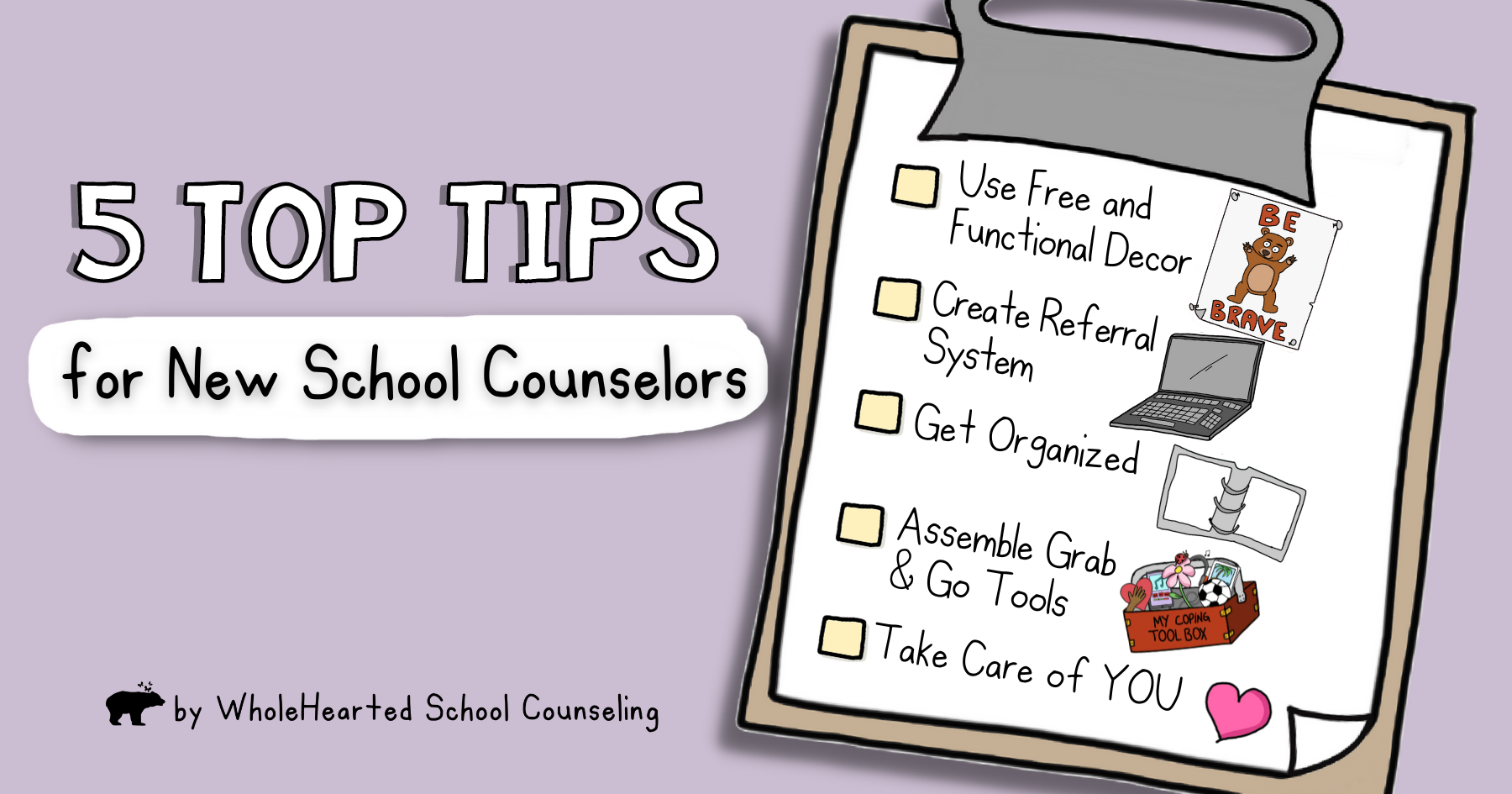
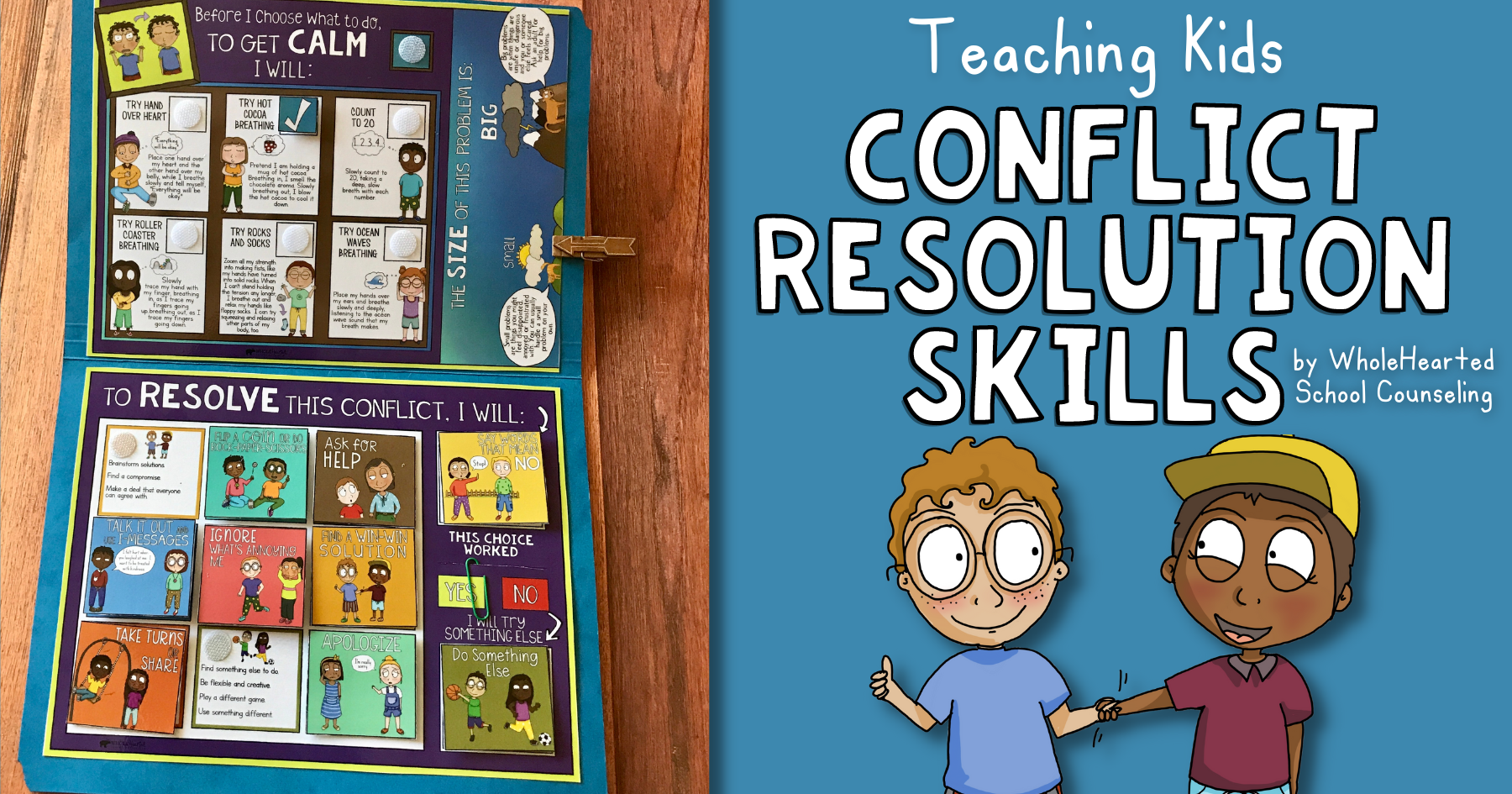



One Comment
I love this approach! Using humor is absolutely loved by the kids.